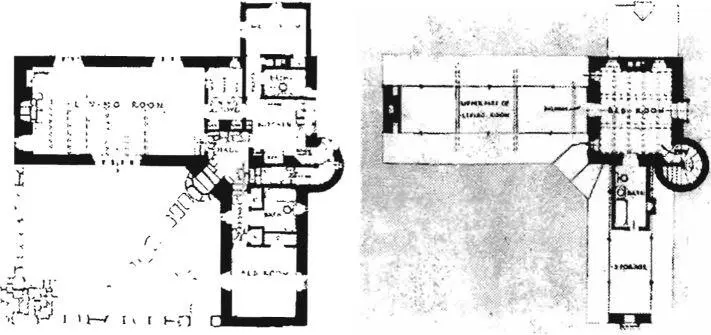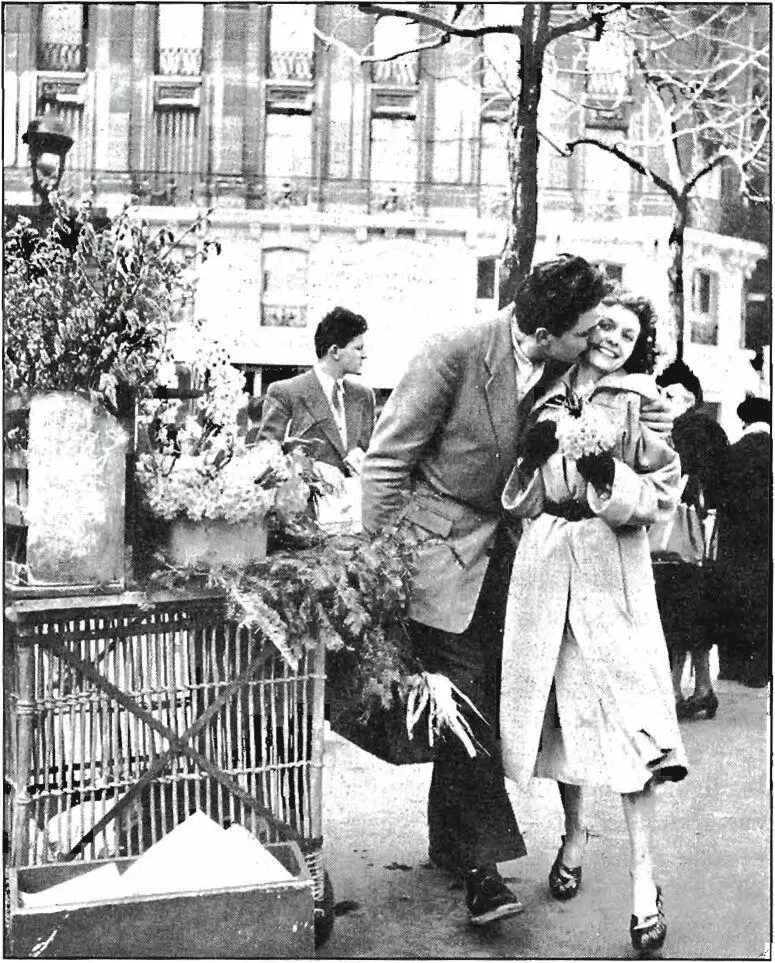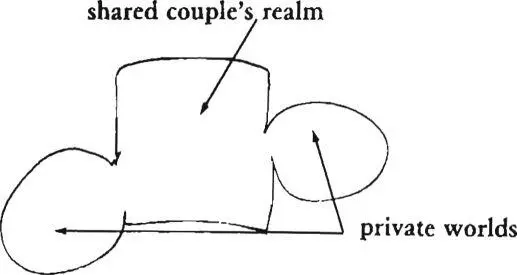Christopher alexander - A pattern language
Здесь есть возможность читать онлайн «Christopher alexander - A pattern language» весь текст электронной книги совершенно бесплатно (целиком полную версию без сокращений). В некоторых случаях можно слушать аудио, скачать через торрент в формате fb2 и присутствует краткое содержание. Жанр: Прочая научная литература, на английском языке. Описание произведения, (предисловие) а так же отзывы посетителей доступны на портале библиотеки ЛибКат.
- Название:A pattern language
- Автор:
- Жанр:
- Год:неизвестен
- ISBN:нет данных
- Рейтинг книги:3 / 5. Голосов: 1
-
Избранное:Добавить в избранное
- Отзывы:
-
Ваша оценка:
- 60
- 1
- 2
- 3
- 4
- 5
A pattern language: краткое содержание, описание и аннотация
Предлагаем к чтению аннотацию, описание, краткое содержание или предисловие (зависит от того, что написал сам автор книги «A pattern language»). Если вы не нашли необходимую информацию о книге — напишите в комментариях, мы постараемся отыскать её.
A pattern language — читать онлайн бесплатно полную книгу (весь текст) целиком
Ниже представлен текст книги, разбитый по страницам. Система сохранения места последней прочитанной страницы, позволяет с удобством читать онлайн бесплатно книгу «A pattern language», без необходимости каждый раз заново искать на чём Вы остановились. Поставьте закладку, и сможете в любой момент перейти на страницу, на которой закончили чтение.
Интервал:
Закладка:
Here is a beautiful plan which does:
 |
| A three-fart house—the couple's realm upstairs. |
383
TOWNS
Therefore:
Give the house three distinct parts: a realm for parents, a realm for the children, and a common area. Conceive these three realms as roughly similar in size, with the commons the largest.

Treat the house, like every house, as a distinct piece of territory —your own home(79) jbuild the three main parts according to the specific patterns for those parts— common areas at the HEART(129), couple’s REALM ( I36 ) , BED CLUSTER ( I43 ) andconnect the common areas, and the bed cluster according to the children’s REALM(137). . . .
384
| 77 HOUSE FOR A COUPLE* |
|---|
 |
385
THE POETRY OF THE LANGUAGE
exist in the same space; they are identified j there is a compression of the two, which requires less space, and which is more profound than in a place where they are merely side by side. The compression illuminates each of the patterns, sheds light on its meaning; and also illuminates our lives, as we understand a little more about the connections of our inner needs.
But this kind of compression is not only poetic and profound. It is not only the stuff of poems and exotic statements, but to some degree, the stuff of every English sentence. To some degree, there is compression in every single word we utter, just because each word carries the whisper of the meanings of the words it is connected to. Even “Please pass the butter, Fred” has some compression in it, because it carries overtones that lie in the connections of these words to all the words which came before it.
Each of us, talking to our friends, or to our families, makes use of these compressions, which are drawn out from the connections between words which are given by the language. The more we can feel all the connections in the language, the more rich and subtle are the things we say at the most ordinary times.
And once again, the same is true in building. The compression of patterns into a single space, is not a poetic and exotic thing, kept for special buildings which are works of art. It is the most ordinary economy of space. It is quite possible that all the patterns for a house might, in some form be present, and overlapping, in a simple one-room cabin. The patterns do not need to be strung out, and kept separate. Every building, every room,
xliii
. . . again, ideally, every couple is a part of a larger group household—the family (75). If this can not be so, try to build the house for the couple in such a way as to tie it together with some other households, to form the beginnings of a group household, or, if this fails, at least to form the beginnings of a house cluster
(37) *
♦$. ♦<.
In a small household shared by two, the most important problem which arises is the possibility that each may have too little opportunity for solitude or privacy.
Consider these forces:
1. Of course, the couple need a shared realm, where they can function together, invite friends, be alone together. This realm needs to be made up of functions which they share.
2. But it is also true that each partner is trying to maintain an individuality, and not be submerged in the identity of the other, or the identity of the “couple.” Each partner needs sface to nourish this need.
It is essential, therefore, that a small house be conceived as a place where the two people may be together but where, from time to time, either one of them may also be alone, in comfort, in dignity, and in such a way that the other does not feel left out or isolated. To this end, there must be two small places— perhaps rooms, perhaps large alcoves, perhaps a corner, screened off by a half-wall-—places which are clearly understood as private territories, where each person can keep to himself, pursue his or her own activities.
Still, the problem of the balance of privacy in a couple’s lives is delicate. Even with a small place of one’s own, tenuously connected to the house, one partner may feel left out at various moments. While we believe that the solution proposed in this pattern helps, the problem will not be entirely settled until the couple itself is in some close, neighborly, and family-like rela-
77 HOUSE FOR A COUPLE
tionship to other adults. Then, when one needs privacy, the other has other possibilities for companionship at hand. This idea and its physical implications are discussed in the pattern, the family (75)-
Once the opportunity for withdrawal is satisfied, there is also a genuine opportunity for the couple to be together; and then the house can be a place where genuine intimacy, genuine connection can happen.
There is one other problem, unique to a house for a couple, that must be mentioned. In the first years of a couple’s life, as they learn more about each other, and find out if indeed they have a future together, the evolution of the house plays a vital role. Improving the house, fixing it up, enlarging it, provides a frame for learning about one another: it brings out conflict, and offers the chance, like almost no other activity, for concrete resolution and growth. This suggests that a couple find a place that they can change gradually over the years, and not build or buy for themselves a “dream” home from scratch. The experience of making simple changes in the house, and tuning it to their lives, provides some grist for their own growth. Therefore, it is best to start small, with plenty of room for growth and change.
Therefore:
Conceive a house for a couple as being made up of two kinds of places—a shared couple’s realm and individual private worlds. Imagine the shared realm as half-public and half-intimate; and the private worlds as entirely individual and private.

387
Again, treat the house as a distinct piece of territory, in some fashion owned by its users—your own home (79). Lay out the common part, according to the pattern couple’s realm (136), and give both persons an individual world of their own where they can be alone—a room of one’s own (141). . . .
| 78 HOUSE FOR ONE PERSON* |
|---|
 |
389
. . . the households with one person in them, more than any other, need to be a part of some kind of larger household—the family (75). Either build them to fit into some larger group household, or even attach them, as ancillary cottages to other, ordinary family households like house for a small family (76)
Читать дальшеИнтервал:
Закладка:
Похожие книги на «A pattern language»
Представляем Вашему вниманию похожие книги на «A pattern language» списком для выбора. Мы отобрали схожую по названию и смыслу литературу в надежде предоставить читателям больше вариантов отыскать новые, интересные, ещё непрочитанные произведения.
Обсуждение, отзывы о книге «A pattern language» и просто собственные мнения читателей. Оставьте ваши комментарии, напишите, что Вы думаете о произведении, его смысле или главных героях. Укажите что конкретно понравилось, а что нет, и почему Вы так считаете.












